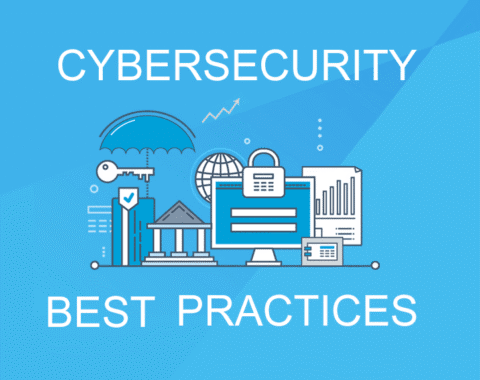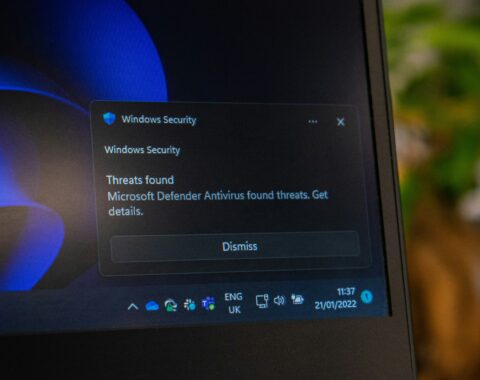In today’s digital age, mid-sized businesses are increasingly becoming prime targets for cyberattacks. While large enterprises often have the resources to invest in comprehensive cybersecurity measures, many mid-sized businesses find themselves in a more vulnerable position. Cybercriminals are well aware of this and are actively targeting these organizations, which often hold valuable data but lack the robust defenses of larger companies.
Why Mid-Sized Businesses Are at Risk
1. Valuable Data, Weaker Defenses
Mid-sized businesses often store sensitive customer data, intellectual property, and financial information, making them attractive targets for cybercriminals. However, these businesses typically do not have the same level of cybersecurity infrastructure as larger enterprises. According to a report by Verizon, 28% of data breaches in 2022 involved small to mid-sized businesses, highlighting their vulnerability.
2. Growing Sophistication of Cyber Threats
The landscape of cyber threats is evolving rapidly. Cybercriminals are employing increasingly sophisticated methods, such as ransomware, phishing attacks, and supply chain compromises. The FBI’s Internet Crime Complaint Center reported that in 2022, ransomware attacks alone caused over $20 billion in damages worldwide. Mid-sized businesses, with limited IT resources, often struggle to keep pace with these emerging threats.
3. Underinvestment in Cybersecurity
A study by PwC found that 60% of mid-sized businesses reported inadequate cybersecurity measures due to budget constraints. This underinvestment leaves them exposed to a variety of cyber threats. In contrast, large enterprises are more likely to invest in advanced cybersecurity technologies and services, providing a stronger defense against attacks.
4. Compliance Challenges
Many mid-sized businesses operate in industries that require compliance with specific regulations, such as HIPAA for healthcare or PCI DSS for financial services. Non-compliance can result in severe penalties, but maintaining compliance requires continuous monitoring and updating of cybersecurity practices. A report by Deloitte emphasized that compliance challenges are a significant concern for mid-sized businesses, as they often lack the internal resources to manage these requirements effectively.
Protecting Your Business: An Action Plan
To safeguard your business against cyber threats, it is essential to implement a comprehensive cybersecurity strategy. Here’s an action plan to get you started:
1. Conduct a Cybersecurity Audit
Start by assessing your current cybersecurity posture. Identify vulnerabilities, evaluate existing security measures, and determine areas that need improvement. This audit will provide a clear picture of your business’s risk profile and help you prioritize your cybersecurity efforts.
2. Invest in Employee Training
Human error is one of the leading causes of data breaches. Regular cybersecurity training for employees is crucial to ensure they recognize phishing attempts, use strong passwords, and follow best practices for data security. According to IBM’s Cost of a Data Breach Report, companies that train their employees on cybersecurity best practices experience lower breach costs.
3. Implement Multi-Factor Authentication (MFA)
MFA adds an extra layer of security by requiring users to provide two or more verification factors to gain access to systems and data. This simple step can significantly reduce the risk of unauthorized access, especially for remote workers and employees using personal devices.
4. Update and Patch Systems Regularly
Ensure that all software and systems are up to date with the latest security patches. Cybercriminals often exploit known vulnerabilities in outdated software. Regular updates can prevent these types of attacks and close potential entry points.
5. Develop a Disaster Recovery Plan
Prepare for the worst by creating a disaster recovery plan. This plan should outline the steps your business will take in the event of a cyberattack, including data backup procedures, communication strategies, and recovery timelines. Regularly test and update this plan to ensure it remains effective.
6. Consider Outsourcing to a Managed Security Service Provider (MSSP)
Partnering with an MSSP, such as Southridge Technology, can provide your business with access to advanced cybersecurity tools and expertise without the need for significant in-house investment. MSSPs offer services like 24/7 monitoring, threat detection, incident response, and compliance management, tailored to your specific business needs.
Take Action Today with Southridge Technology
At Southridge Technology, we understand the unique challenges that mid-sized businesses face when it comes to cybersecurity. Our team of experts is here to help you protect your business from the growing threat of cyberattacks. We offer comprehensive managed security services that include everything from cybersecurity audits to ongoing monitoring and incident response.
Contact us today at support@southridgetech.com or call 203-431-8324 to schedule a cybersecurity audit or to learn more about how we can help you secure your business. Don’t wait until it’s too late—let’s build a robust defense against cyber threats together.




